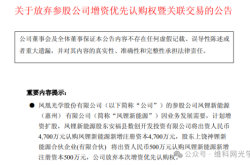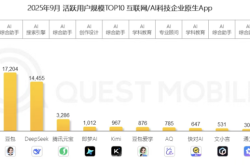iPhone SE 4 Latest Leaks: Performance Comparable to iPhone 16?
![]() 08/14 2024
08/14 2024
![]() 490
490
Since Apple launched the iPhone SE series, this entry-level phone has always occupied an important position in the global market. Although its sales cannot compare to the mainstream iPhone models, it still has a large number of loyal users due to its cost-effectiveness and practicality. However, as the iPhone SE 3 gradually fades from the spotlight, Apple seems to realize the need for significant innovation in the next-generation product. According to the latest leaks, the iPhone SE 4 will bring a series of upgrades and changes, making it a highly anticipated product.
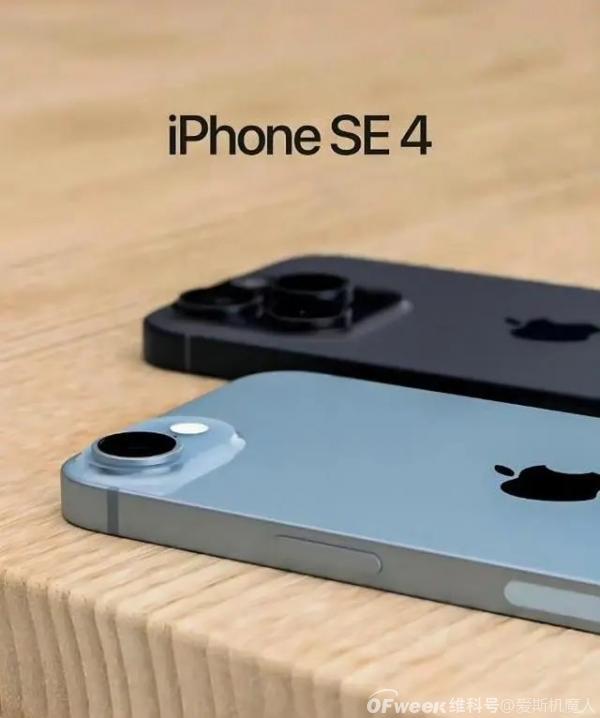
It is reported that the new iPhone SE 4 will support Apple Intelligence, a new generative AI feature set expected to be released alongside iOS 18.1.
To run these intelligent features, more powerful chips, neural engines, and sufficient RAM are required. It is speculated that the iPhone SE 4 will be equipped with either the A17 Pro, A18, or A18 Pro chip to enable Apple's intelligent capabilities.
Given that Apple is likely to adopt TSMC's second-generation 3nm process, it is expected that the new iPhone SE 4 will be equipped with at least the A18 chip, which means its performance will be comparable to the iPhone 16.
Additionally, rumors suggest that the HomePod speaker with a touch screen will also use the A18 chip, indicating that upcoming products are expected to support Apple Intelligence.
Design-wise, the iPhone SE 4 has undergone significant changes, abandoning the traditional design language in favor of a similar appearance to the iPhone 14. For the first time, it introduces an OLED full-screen design, providing users with a more immersive visual experience. This change not only enhances the display effect but also further narrows the visual gap with flagship models.
Initially planned with a full-screen design based on iPhone 14 technology, Apple has now decided to abandon the notch screen in favor of the Dynamic Island design seen in the current iPhone series.
Notably, the iPhone SE 4 adopts an OLED panel for the first time, with a screen size of 6.06 inches.
Looking back at the previous three generations of iPhone SE series, they all used LCD panels with screen sizes of 4.0, 4.7, and 4.7 inches, respectively.
The next-generation SE series not only features OLED for the first time but is also the first model to exceed 6 inches, making it the largest iPhone SE in history.
However, the iPhone SE 4 retains the standard 60Hz refresh rate and does not support ProMotion, similar to the iPhone 15.
In terms of functionality, the iPhone SE 4 has undergone a comprehensive upgrade and is expected to support Face ID facial recognition technology, significantly enhancing security and convenience. It will also feature a USB-C port, replacing the previous Lightning connector to meet broader connectivity needs and market trends. These changes make the iPhone SE 4 one of the most significantly changed SE series phones ever.
It is also reported that the iPhone SE 4 will debut next year, with screen suppliers including BOE and LG Display. The iPhone SE series has traditionally used hardware from older iPhone models with updated processors and competitive pricing. The upcoming iPhone SE 4 will utilize OLED screen technology similar to the iPhone 13, simplifying production for Apple. Meanwhile, Apple has been supporting BOE's development to balance the influence of competitors like Samsung and LG Display.
BOE, which has previously supplied displays for iPad Pro and some iPhone models, boasts rich supply experience. It is expected to account for approximately 60% to 70% of the iPhone SE 4 display production, equivalent to around 20 million screens annually.
LG Display joins as the second supplier for the production of OLED screens for the iPhone SE 4.
In terms of materials, the iPhone SE 4 adopts a front and rear glass design without using Apple's Ceramic Shield, as cost control is a priority.
Notably, the iPhone SE 4 will also feature Apple's self-developed 5G baseband chip. According to analyst Ming-Chi Kuo's prediction, Apple will use this chip in two new phones in 2025, one of which is the upcoming iPhone SE 4. The other is a slim design phone named 'iPhone 17 Slim,' which will replace the current Plus model and offer a more exploratory experience.
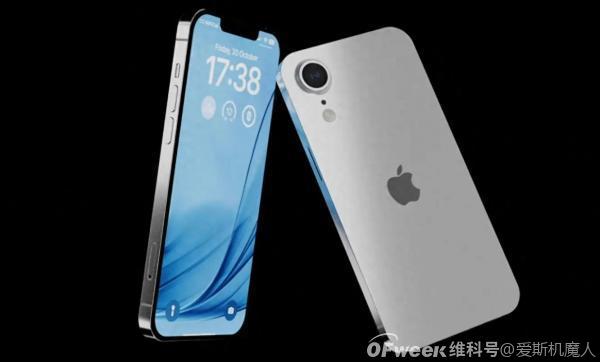
With the introduction of Apple's self-developed 5G baseband chip, the company can gradually address technical issues faced by industry giants like Qualcomm.
However, with upgrades in hardware, software, and a larger screen size, the cost of the iPhone SE 4 is expected to rise, potentially pushing up the final selling price. Nevertheless, foreign media reports suggest that the potential cost of the iPhone SE 4 will still be less than $500.
Apple's current third-generation iPhone SE, launched on March 8, 2022, starts at $429 with storage options of 64GB, 128GB, and 256GB, priced at $479 and $579 for the latter two versions, respectively.
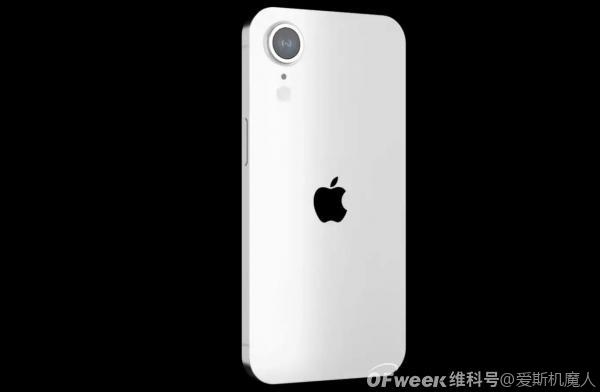
Finally, if you have any thoughts on the latest leaks about Apple's iPhone SE 4, please feel free to share them in the comments below and join the discussion with Mingmei Infinite!

